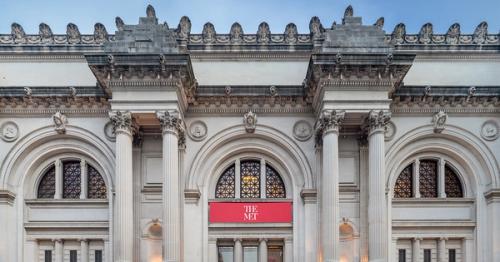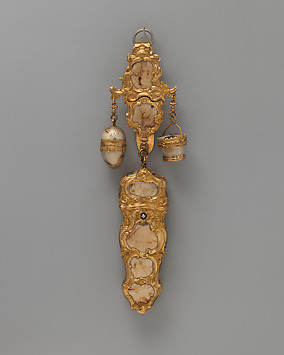This beautiful volume takes readers on a very special tour of The Metropolitan Museum of Art, highlighting wonderful pieces of jewelry from ancient and modern cultures in every part of the world. Of special interest are the fabulous objects that appear in paintings and other works of art. Jewel-studded gowns; glittering Renaissance brooches; an Egyptian beaded collar; a portrait of Saint Eligius, patron saint of goldsmiths, as he weighs a gold wedding band; and a portrait of Empress Eugénie wearing her famous pearls are among the featured works from the Museum's vast collections. Necklaces, earrings, rings, and bracelets abound in this lively book, but also included are objects of religious significance, military honors, and other kinds of personal decoration. The jewelry pieces that survive offer a magical sense of the people who wore them and of the world they inhabited. The captions relate anecdotes concerning the artists and wearers and describe the history and style of the jewelry pictured. Art historians, jewelry makers, graphic and theatrical designers, and anyone who wears, collects, or admires magnificent jewelry will be fascinated by the sumptuous array in this book.























